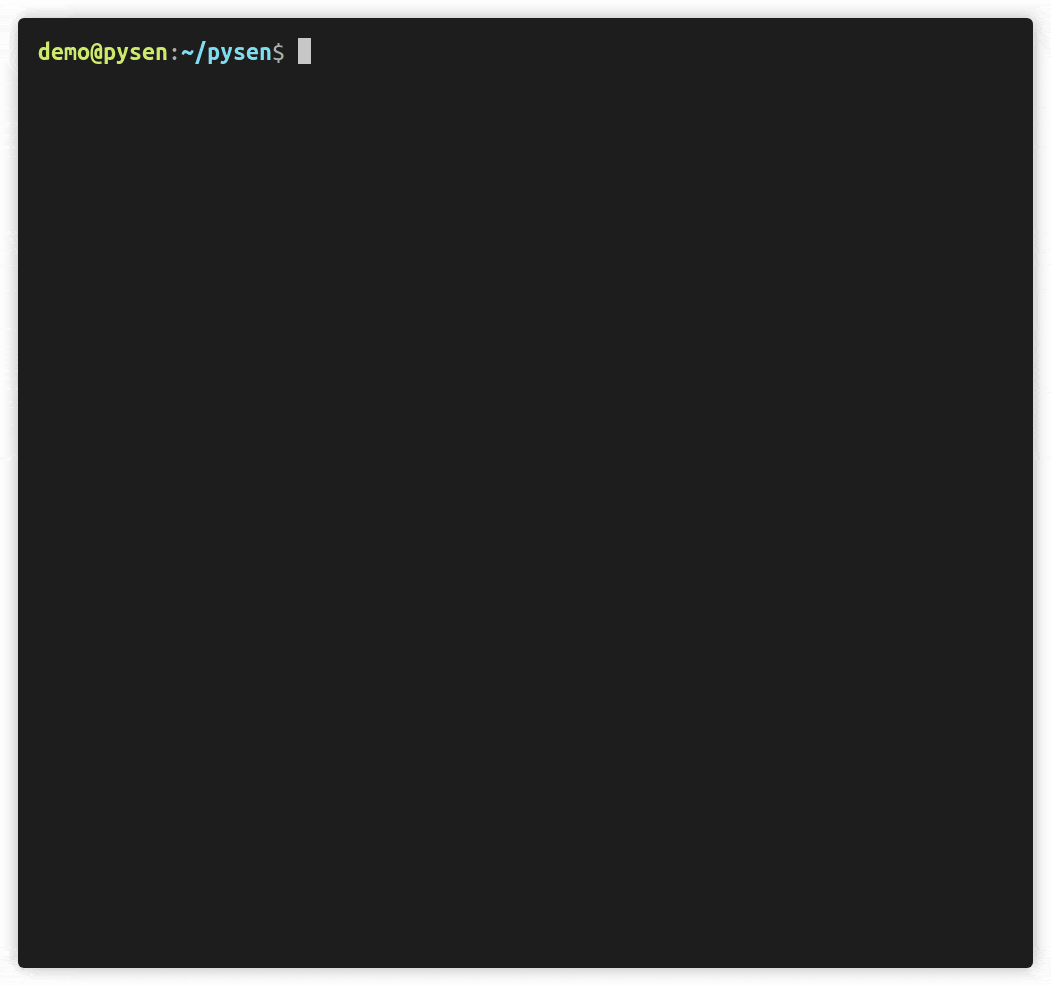
YAML offers several features that JSON does not, such as support for comments, multi-line strings, and flexible formatting. YAML and JSON share a similar structure, as both formats use key-value pairs and collections to represent data.
#Yaml formatter python software#
Overall, YAML is a powerful and versatile language that is well-suited for many different use cases in software development and beyond. With YAML, you can create, modify, and deploy Kubernetes manifests in a standardized and reproducible way. Kubernetes is a popular container orchestration platform that uses YAML files to define and manage resources like pods, deployments, services, and more. One very common use cases for YAML is creating and managing Kubernetes manifest files. It can be used for a wide range of tasks, from defining database schemas and application settings to creating complex data structures.

YAML has become a popular choice for defining configuration files in many software projects because of its readability and flexibility. PyYAML provides a simple and intuitive API for working with YAML data, making it easy to parse YAML files into Python objects and vice versa. In Python, you can use the PyYAML library to read and write YAML files. YAML supports scalar types like strings, integers, and booleans, as well as collections like lists and dictionaries.
#Yaml formatter python code#
It is a whitespace-sensitive language, which means that the indentation of code blocks is significant. YAML syntax is designed to be human-friendly and easy to read. It is often used to define structured data in a human-readable format that can be easily parsed and understood by both humans and machines. YAML (short for "YAML Ain't Markup Language") is a popular data serialization language used in software development, data processing, and configuration management. And the best part? YAML's syntax is pretty simple so no reason for not learning it.

#Yaml formatter python full#
In short, YAML empowers you to manage and organize data like a pro, streamline your workflow, and unlock the full potential of a wide array of tools and platforms.


Mastering YAML means unlocking the full potential of these popular platforms.Įffortless compatibility: Want to exchange data between diverse systems and programming languages? YAML has your back! Its portability makes it an essential tool for seamless collaboration and integration.Ĭonquer complex data: Does the thought of managing intricate data structures give you chills? Worry no more! YAML's proficiency in handling arrays, dictionaries, and nested data structures makes managing large and complex data sets a breeze. Dive in and learn essentials of YAML and PyYAML Why You Should Learn YAMLĪre you ready to level up your software development and DevOps game? Say hello to YAML – your new best friend! Here's why mastering YAML is important for you:Įmbrace the in-demand tools: YAML is the secret sauce behind the configuration files and data structures of top-notch tools like Kubernetes, Docker, and Ansible. From understanding why you should learn YAML and its fundamental concepts to use the PyYAML library in Python, we'll cover everything you need to become proficient in YAML. In this blog post, we explore the power of YAML, a data serialization language widely used in software development and DevOps. #pythonlearning #python #pythonprogramming #programming #yaml TL DR


 0 kommentar(er)
0 kommentar(er)
